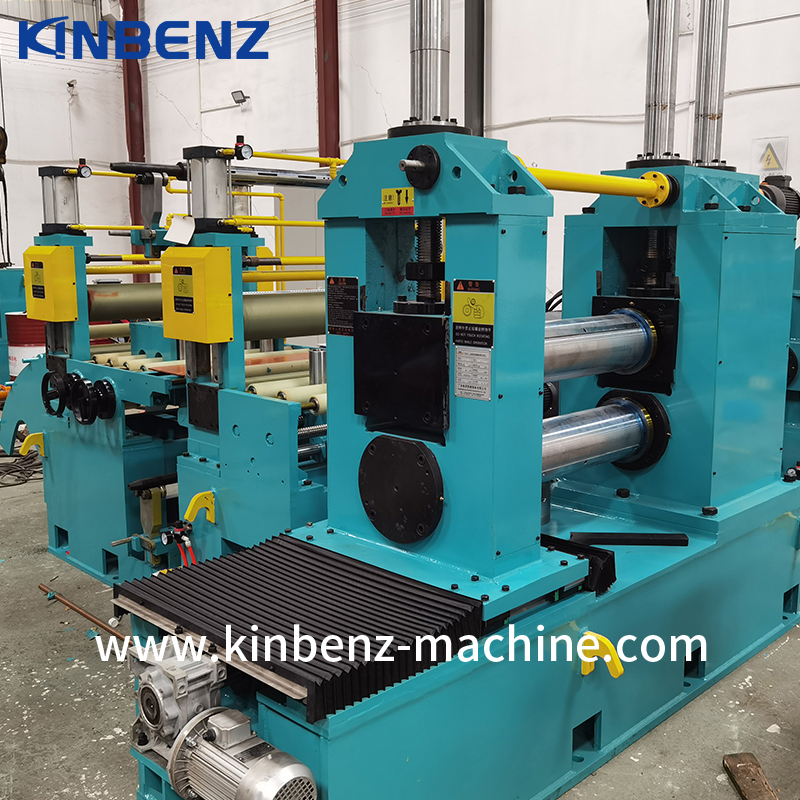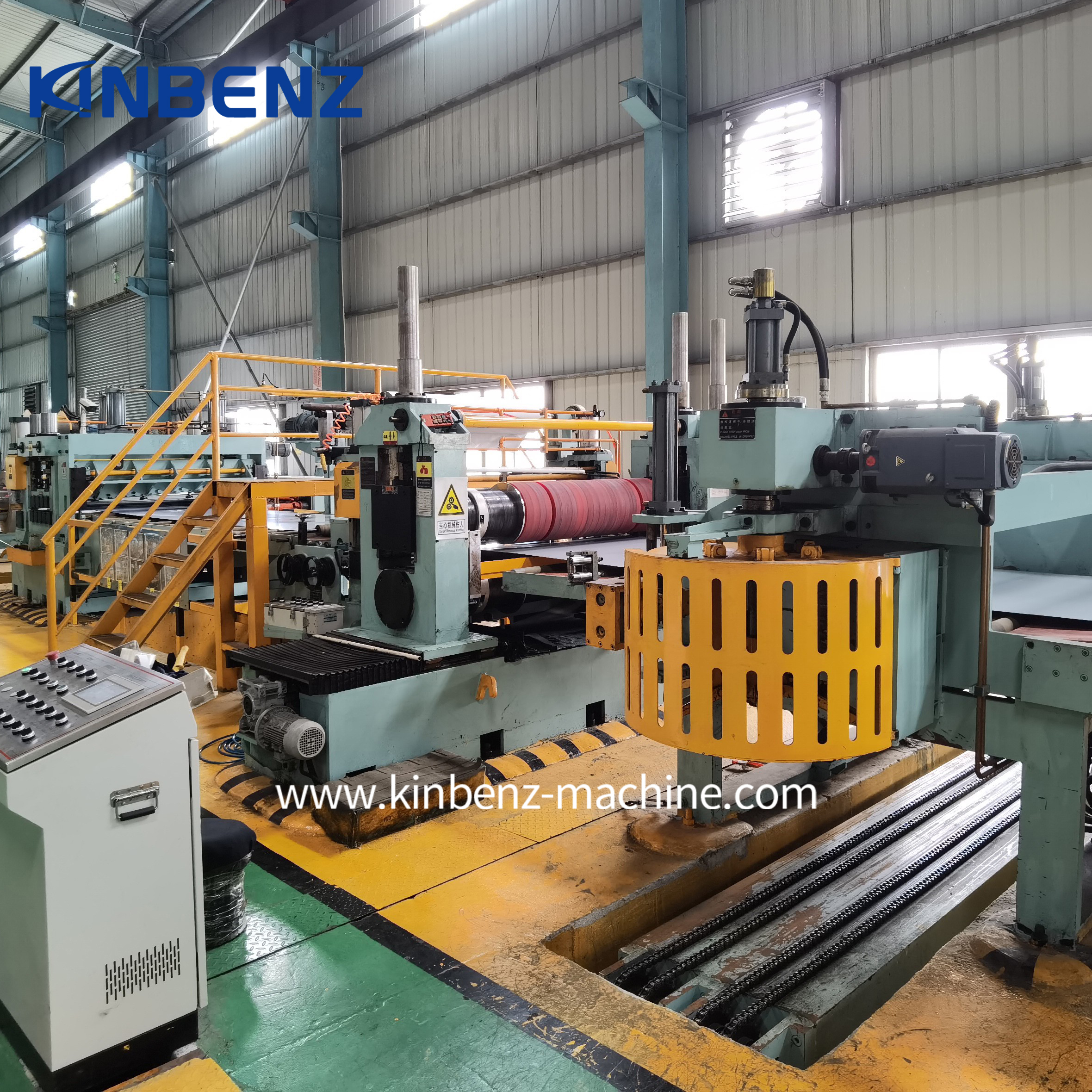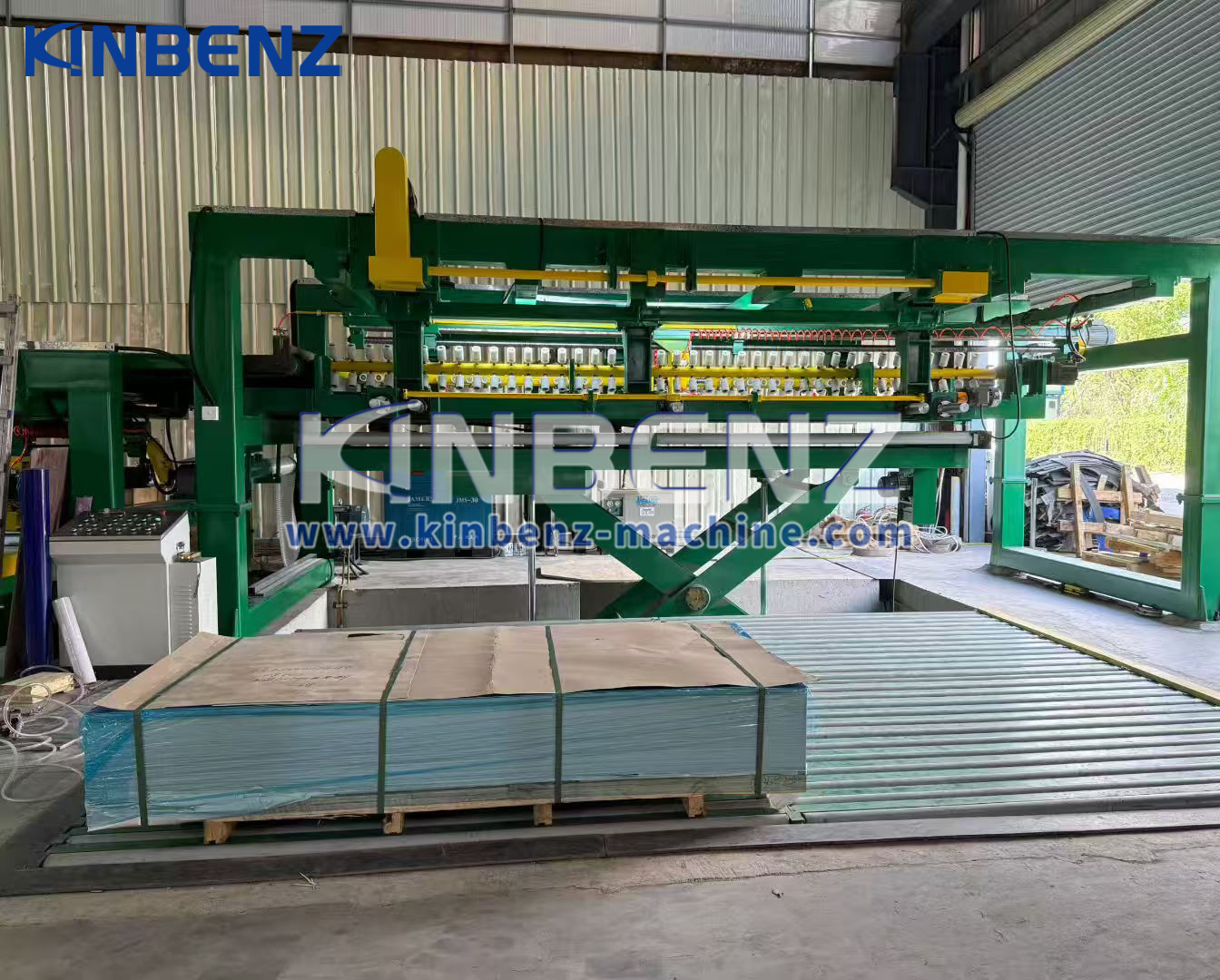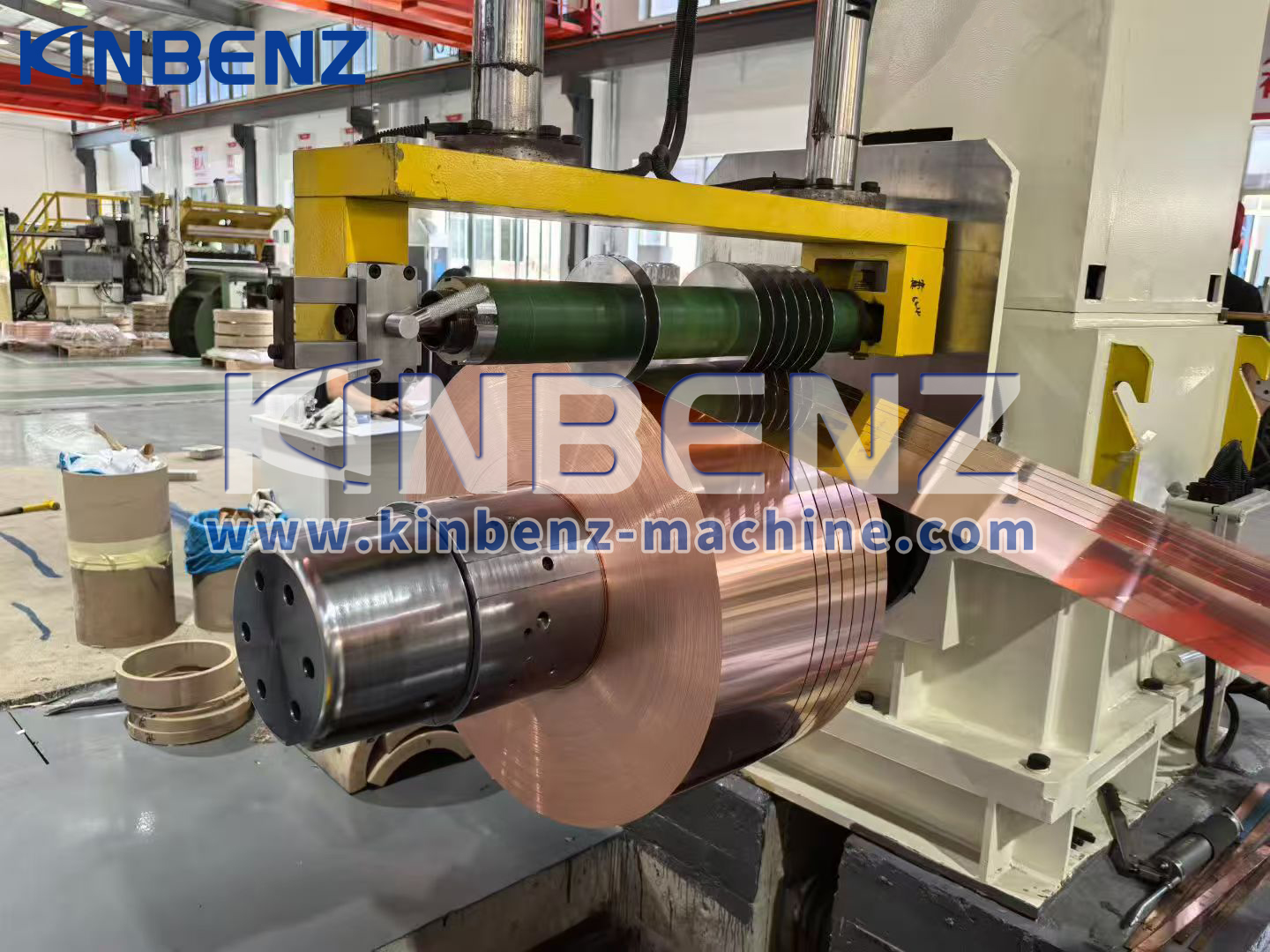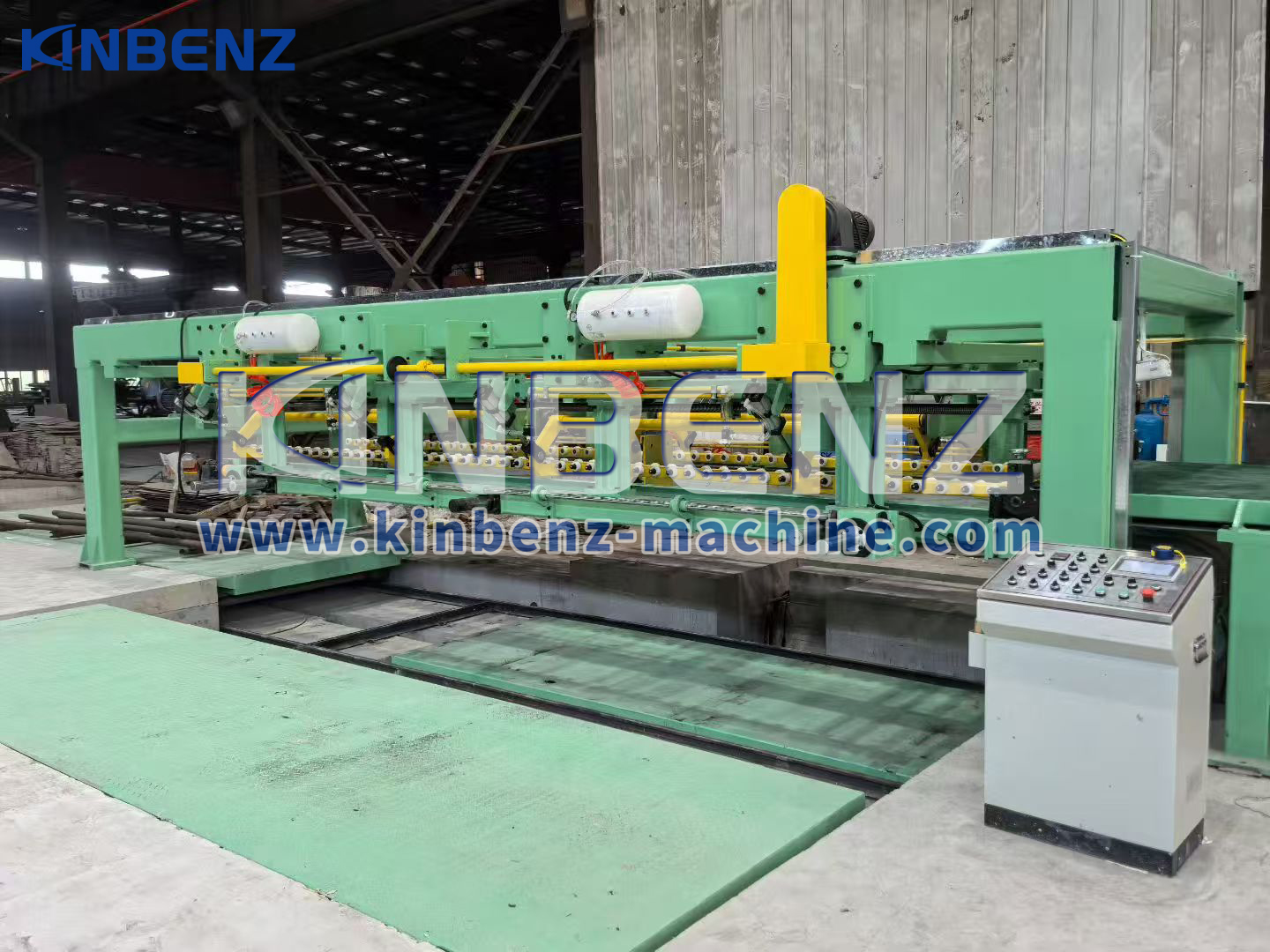|
|
Stainless Steel vs. Galvanized Steel: Processing Challenges and Machine Selection
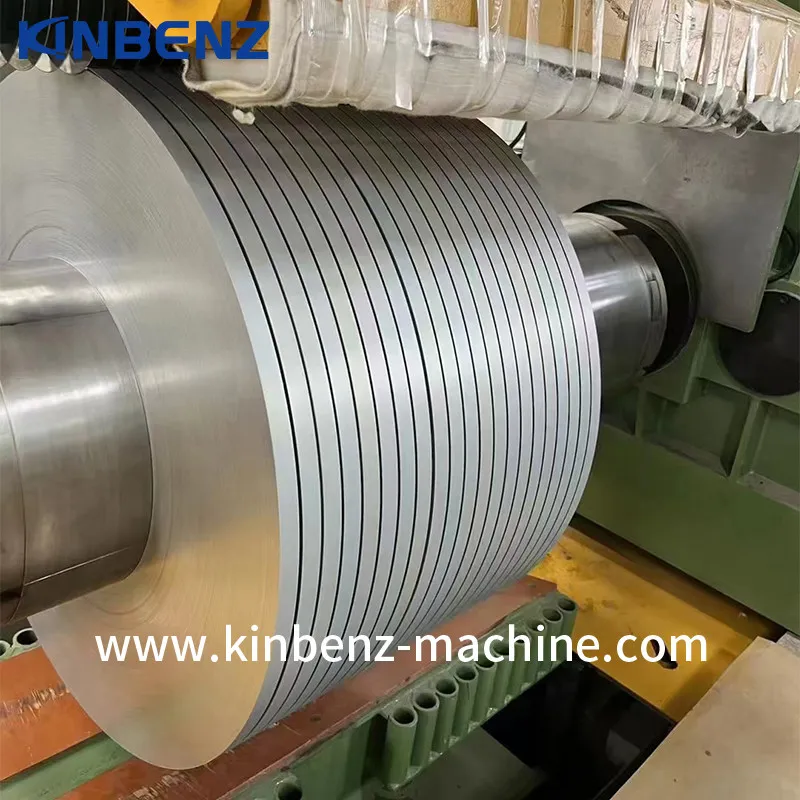
2025-08-31
Why Material Type Matters in Coil Processing
In the metal coil processing industry, understanding the material you're working with is essential to achieving high precision, efficiency, and durability. Two of the most common coil materials are stainless steel and galvanzied steel - but each brings its own unique challenges and demands different machine configurations.
Knowing how to select the right slitting lien or cut to length line for these materials can greatly reduce downtime, improve output quality.
Material Comparison: Stainless Steel vs. Galvanzied Steel
Property |
Stainless Steel |
Galvanized Steel |
|---|---|---|
Corrosion Resistance |
Very High |
Medium |
Surface Hardness |
High (e.g. 304, 316) |
Medium |
Tensile Strength |
High |
Lower than stainless |
Surface Coating |
No coating; homogeneous alloy |
Zinc-coated carbon steel |
Common Applications |
Kitchenware, architecture, medical, precision parts |
HVAC, roofing, construction, auto parts |
Processing Challenges Comparison
1. Stainless Steel Coil Processing Challenges
- Hardness & Toughness:
Stainless steel is much harder to shear, which wears blades quickly and requires stronger blade shafts and high-precision arbors.
- Surface Sensitivity:
Susceptible to scratches and dents, meaning film laminators or felt tension pads are often necessary to protect the surface.
- Edge Burr & Warping:
Burr formation is a risk if blade celarance or blade sharpness is not properly maintained.
- Heat Generation:
Higher friction during slitting line or shear creates heat buildup, which can cause material distortion if not controlled.
2. Galvanzied Steel Coil Processing Challenges
- Zinc Layer Peeling:
Improper handling or sharp blade angles can crack the zinc coating, reducing corrosion protection.
- Soft Material Behavior:
Easier to slit and cut, but telescoping or edge curl can occur without proper tension control.
- Coating Dust Buildup:
Zinc particles may accumulate, requiring anti-dust systems or frequent cleaning.
Machine Selection Tips by Material
For Stainless Steel Slitting & CTL Lines
- Machine Frame: Reinforced frame with anti-vibration support, capable of sustaining torque under high tension.
- Tension Pads: Prefer felt tension devices for surface protection
- Film Laminators
For Galvanized Steel Slitting & CTL Lines
- Tension Control: Use servo-controlled tension roll to avoid telescoping or curl
Kinbenz's Custom solutions for Both Materials
At Kinbenz, we design and manufacture custom slitting and cut to length lines tailored to your processing material.
- Forged 42CrMo blade shafts
- Advanced tension pads & film laminators
- Precision control systems with SIEMENS PLC
- High-speed slitting line up to 220m/min
- Own CNC machining workshop and assembly workshop ensure strong structure and trusted quality
FQA:
Q: What is the best for stainless steel?
A: One with hardened blades, vibration-resistant arbors, and surface protection features like film lamination or felt pads. Kinbenz offers such lines with full customization
Q: What causes burrs when cutting stainless steel?
A: Dull blades, improper blade clearance, or unstable tension control are common causes. Our systems are equipped with precise servo systems to maintain consistent performance
Why Material Type Matters in Coil Processing
In the metal coil processing industry, understanding the material you're working with is essential to achieving high precision, efficiency, and durability. Two of the most common coil materials are stainless steel and galvanzied steel - but each brings its own unique challenges and demands different machine configurations.
Knowing how to select the right slitting lien or cut to length line for these materials can greatly reduce downtime, improve output quality.
Material Comparison: Stainless Steel vs. Galvanzied Steel
Property |
Stainless Steel |
Galvanized Steel |
|---|---|---|
Corrosion Resistance |
Very High |
Medium |
Surface Hardness |
High (e.g. 304, 316) |
Medium |
Tensile Strength |
High |
Lower than stainless |
Surface Coating |
No coating; homogeneous alloy |
Zinc-coated carbon steel |
Common Applications |
Kitchenware, architecture, medical, precision parts |
HVAC, roofing, construction, auto parts |
Processing Challenges Comparison
1. Stainless Steel Coil Processing Challenges
- Hardness & Toughness:
Stainless steel is much harder to shear, which wears blades quickly and requires stronger blade shafts and high-precision arbors.
- Surface Sensitivity:
Susceptible to scratches and dents, meaning film laminators or felt tension pads are often necessary to protect the surface.
- Edge Burr & Warping:
Burr formation is a risk if blade celarance or blade sharpness is not properly maintained.
- Heat Generation:
Higher friction during slitting line or shear creates heat buildup, which can cause material distortion if not controlled.
2. Galvanzied Steel Coil Processing Challenges
- Zinc Layer Peeling:
Improper handling or sharp blade angles can crack the zinc coating, reducing corrosion protection.
- Soft Material Behavior:
Easier to slit and cut, but telescoping or edge curl can occur without proper tension control.
- Coating Dust Buildup:
Zinc particles may accumulate, requiring anti-dust systems or frequent cleaning.
Machine Selection Tips by Material
For Stainless Steel Slitting & CTL Lines
- Machine Frame: Reinforced frame with anti-vibration support, capable of sustaining torque under high tension.
- Tension Pads: Prefer felt tension devices for surface protection
- Film Laminators
For Galvanized Steel Slitting & CTL Lines
- Tension Control: Use servo-controlled tension roll to avoid telescoping or curl
Kinbenz's Custom solutions for Both Materials
At Kinbenz, we design and manufacture custom slitting and cut to length lines tailored to your processing material.
- Forged 42CrMo blade shafts
- Advanced tension pads & film laminators
- Precision control systems with SIEMENS PLC
- High-speed slitting line up to 220m/min
- Own CNC machining workshop and assembly workshop ensure strong structure and trusted quality
FQA:
Q: What is the best for stainless steel?
A: One with hardened blades, vibration-resistant arbors, and surface protection features like film lamination or felt pads. Kinbenz offers such lines with full customization
Q: What causes burrs when cutting stainless steel?
A: Dull blades, improper blade clearance, or unstable tension control are common causes. Our systems are equipped with precise servo systems to maintain consistent performance





